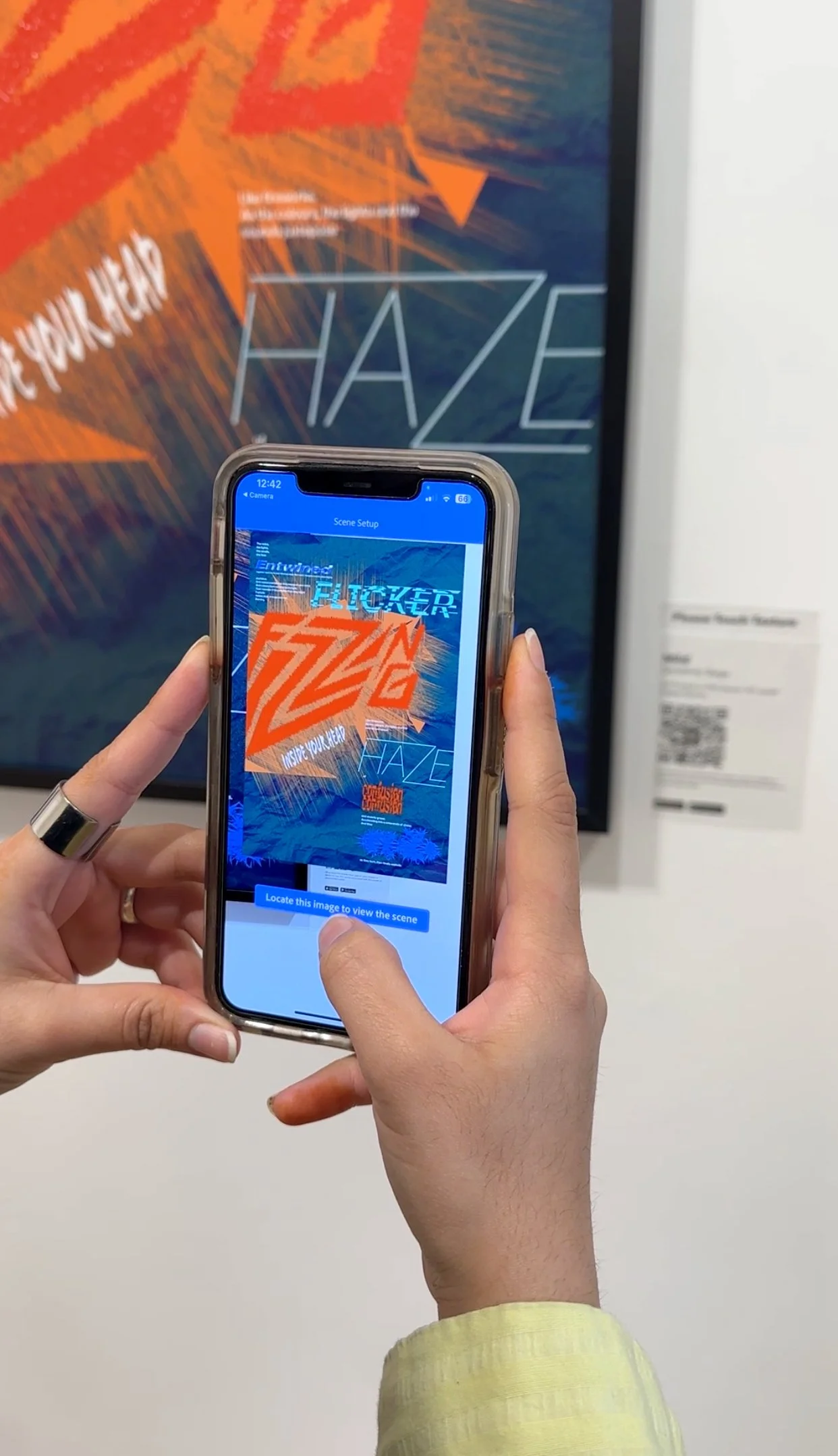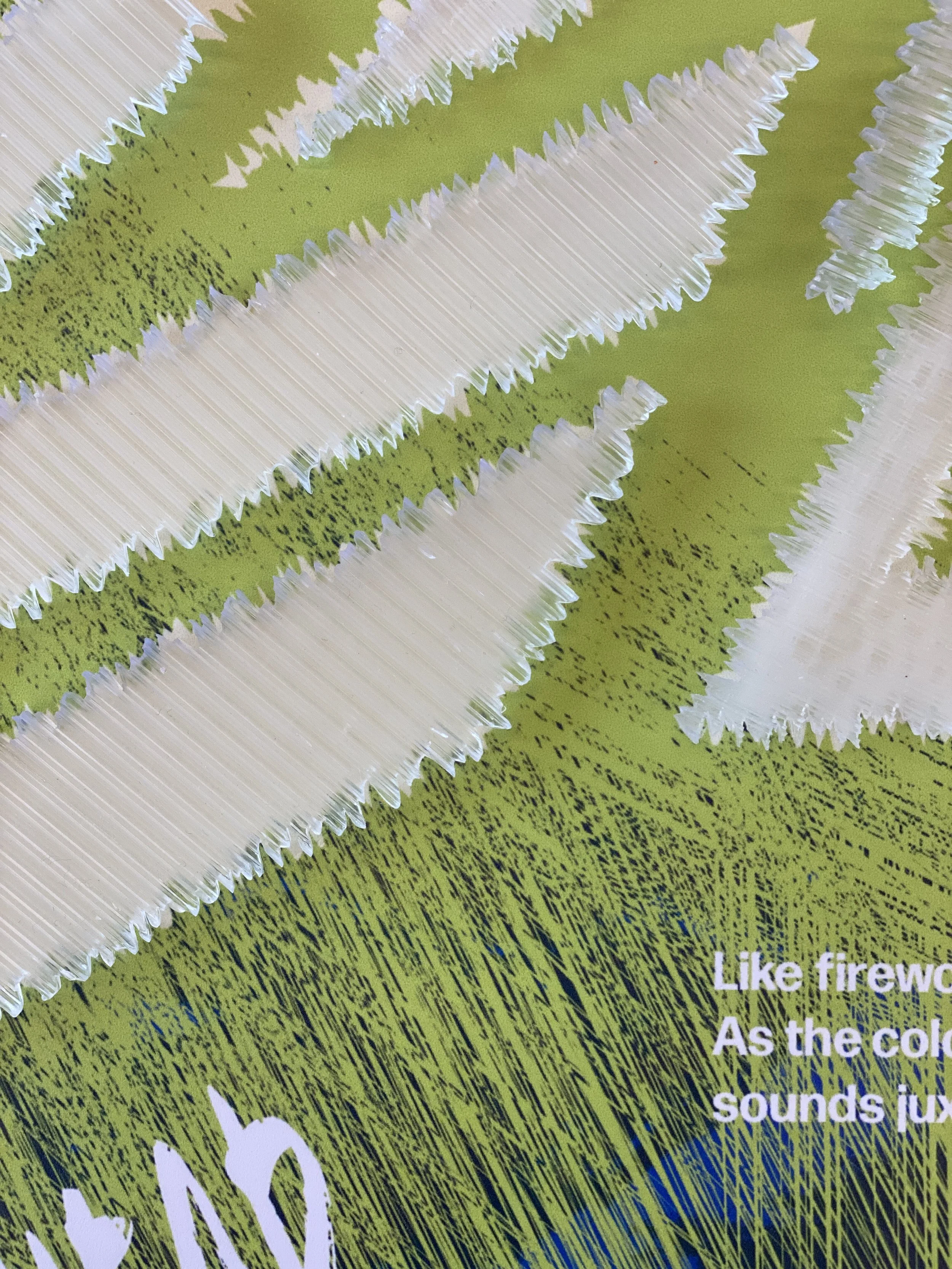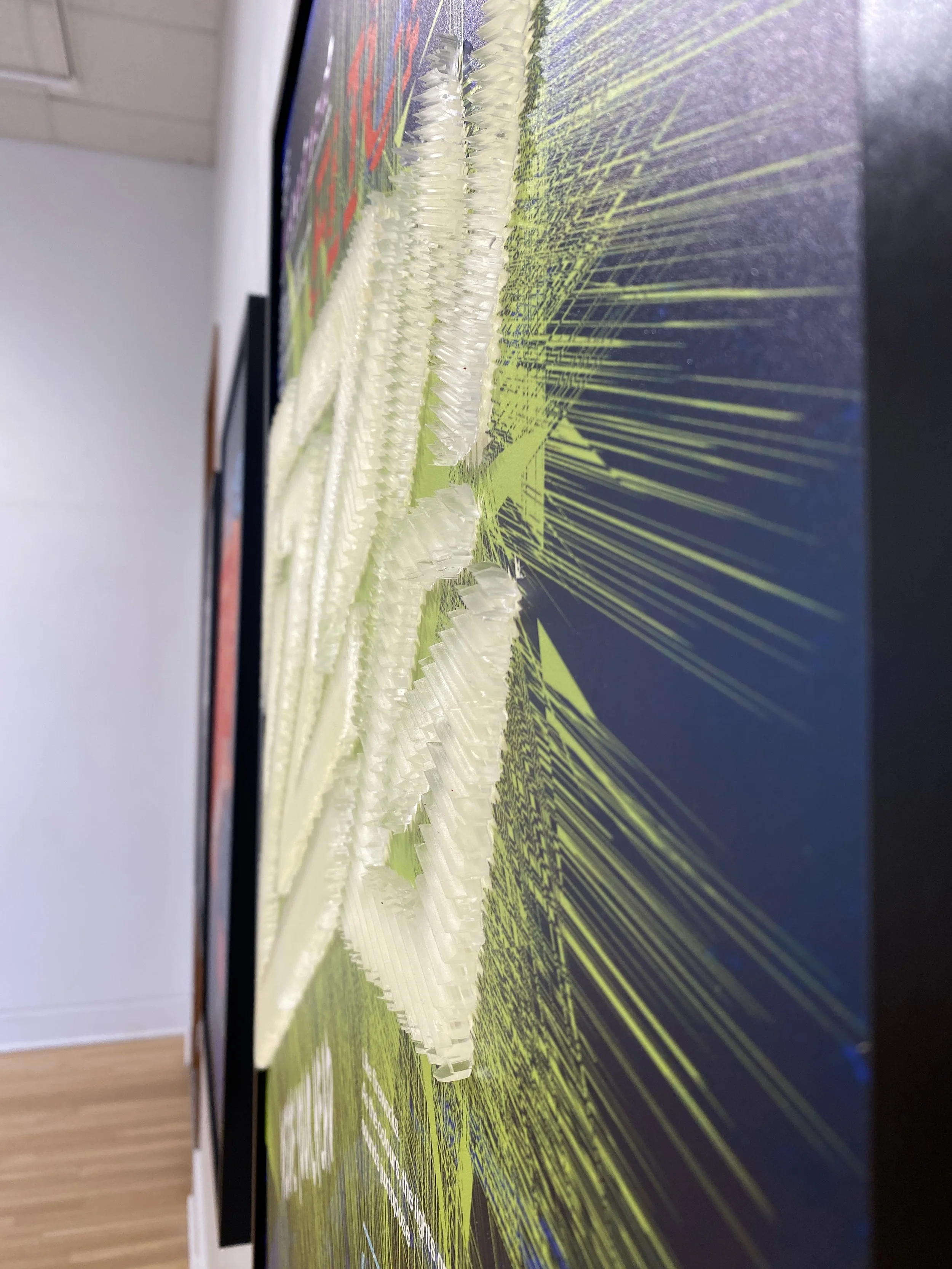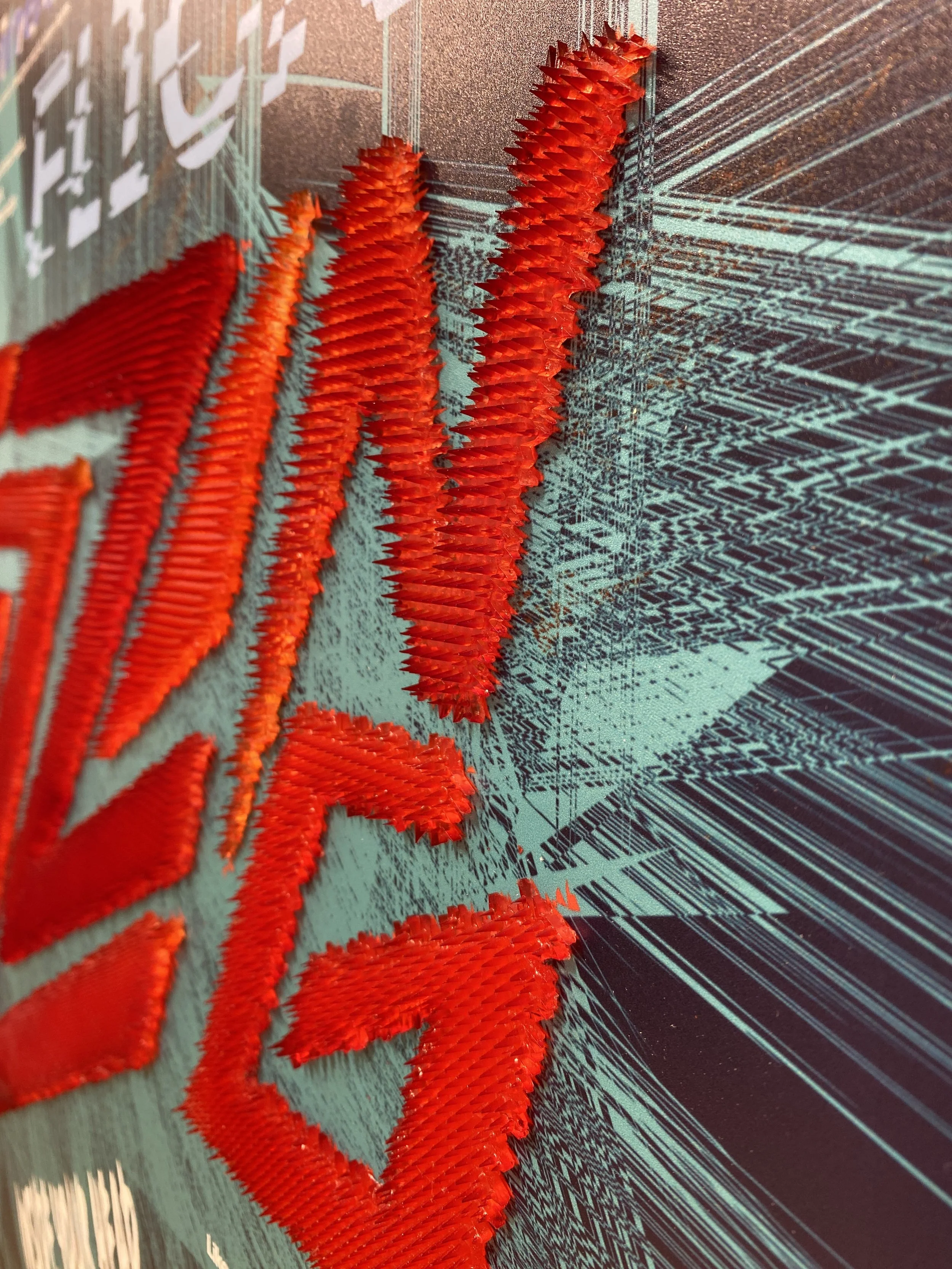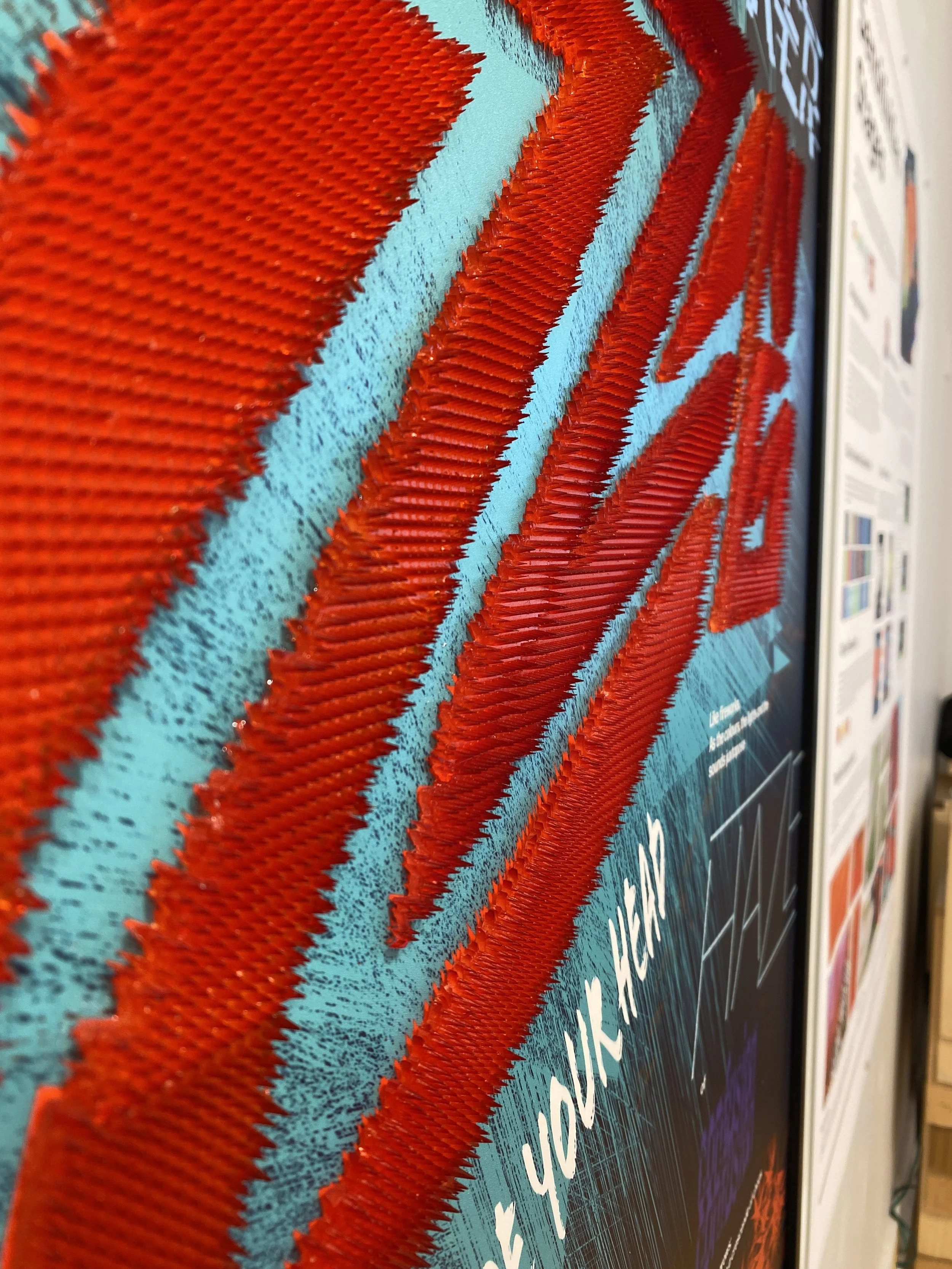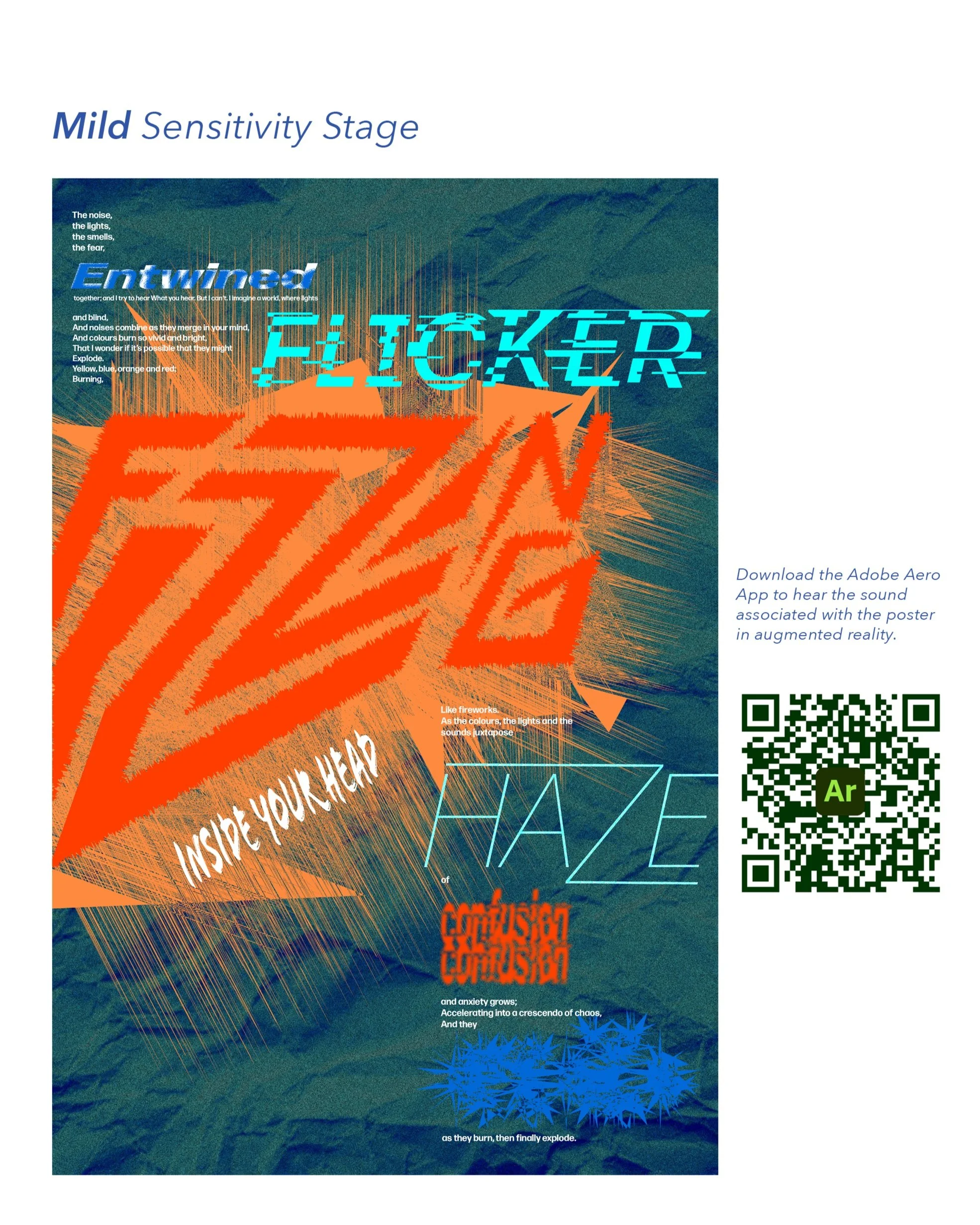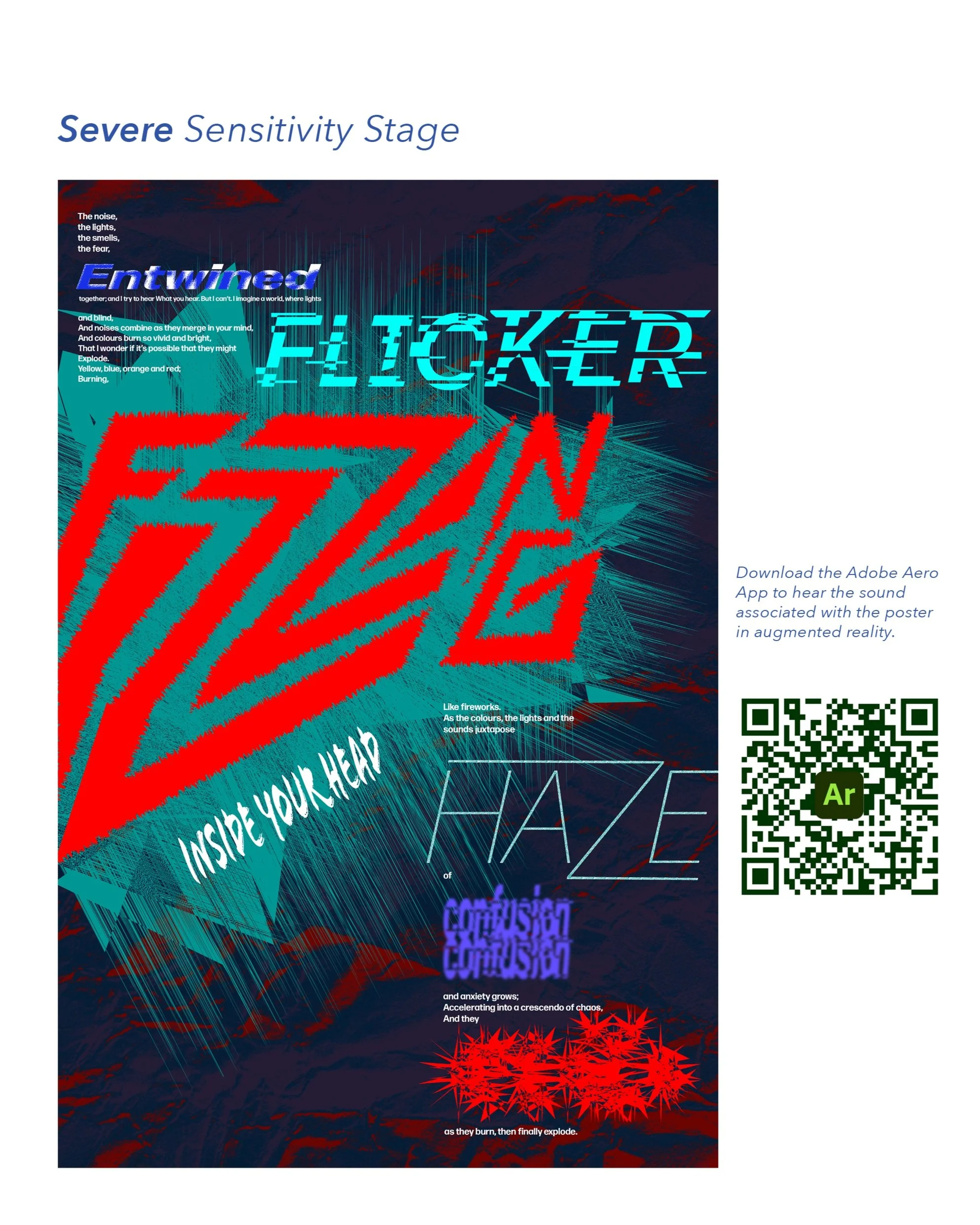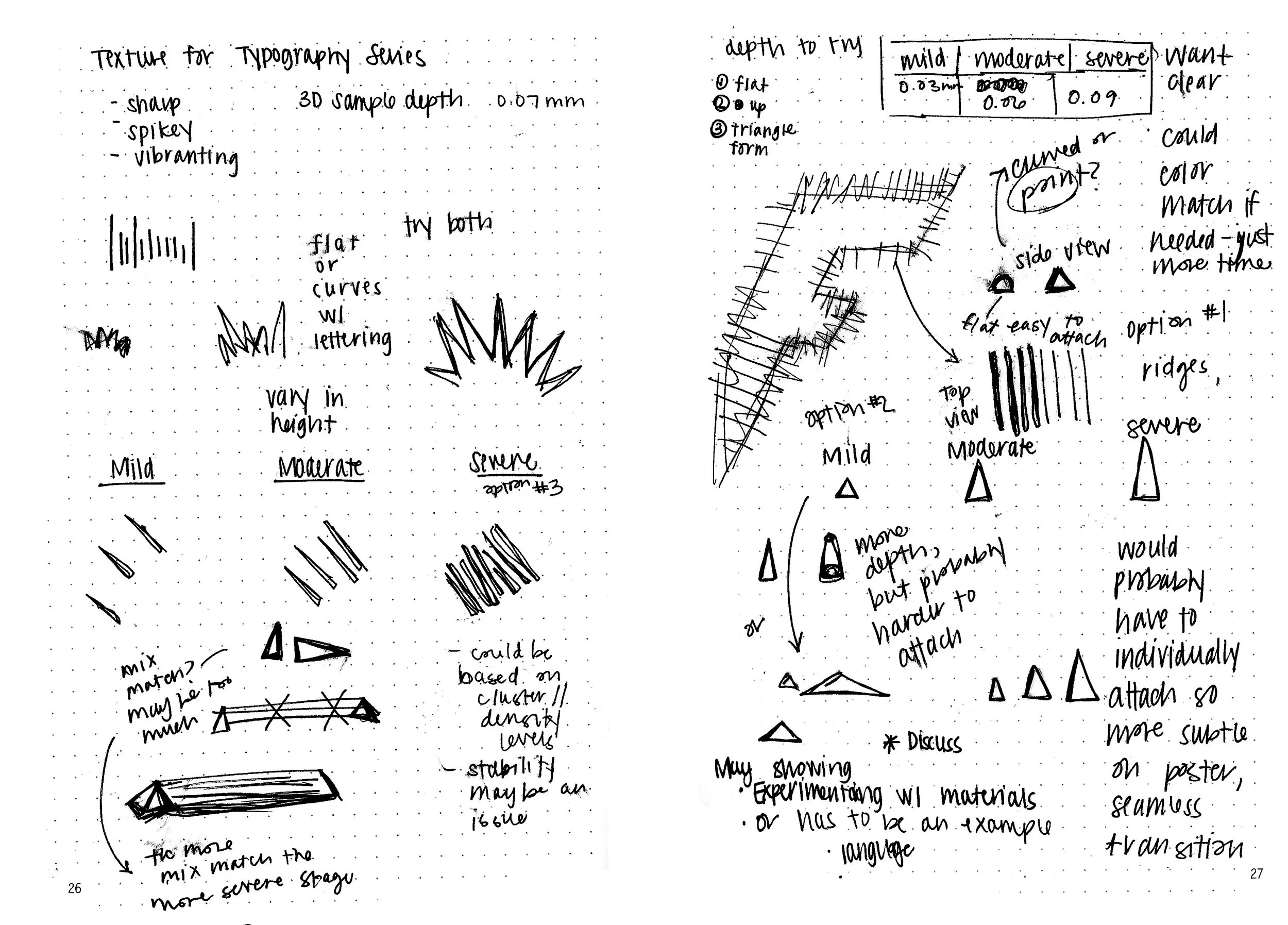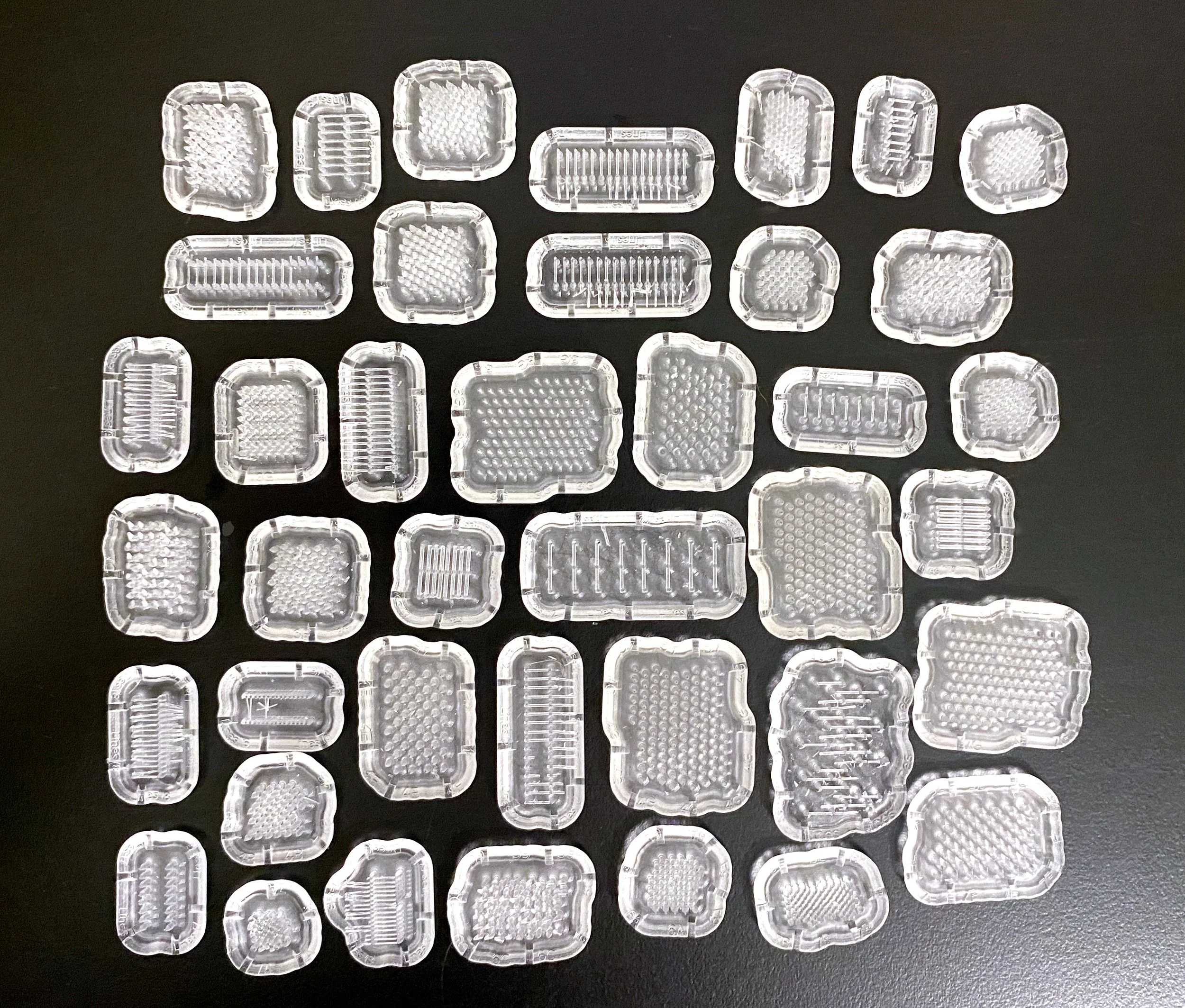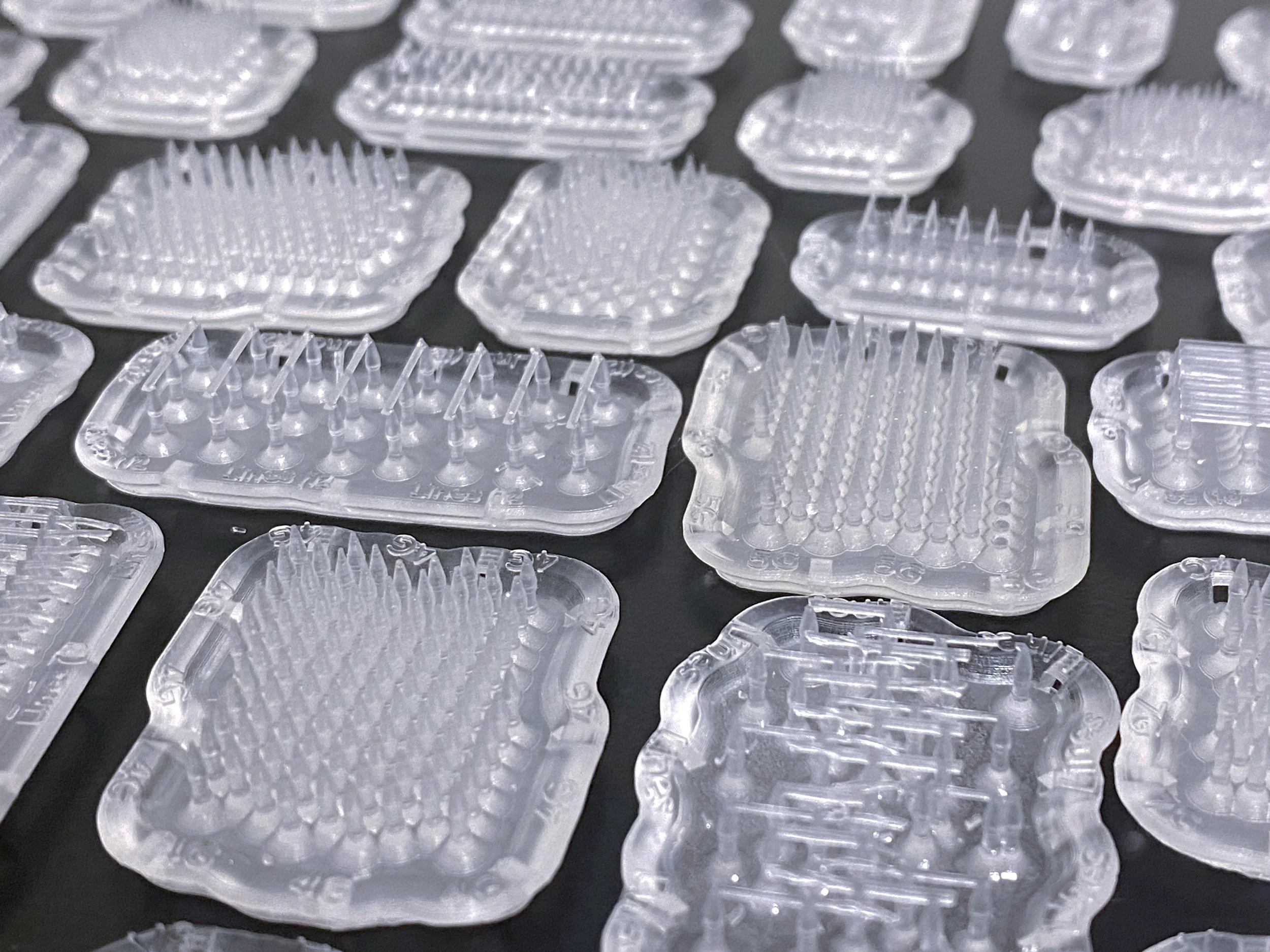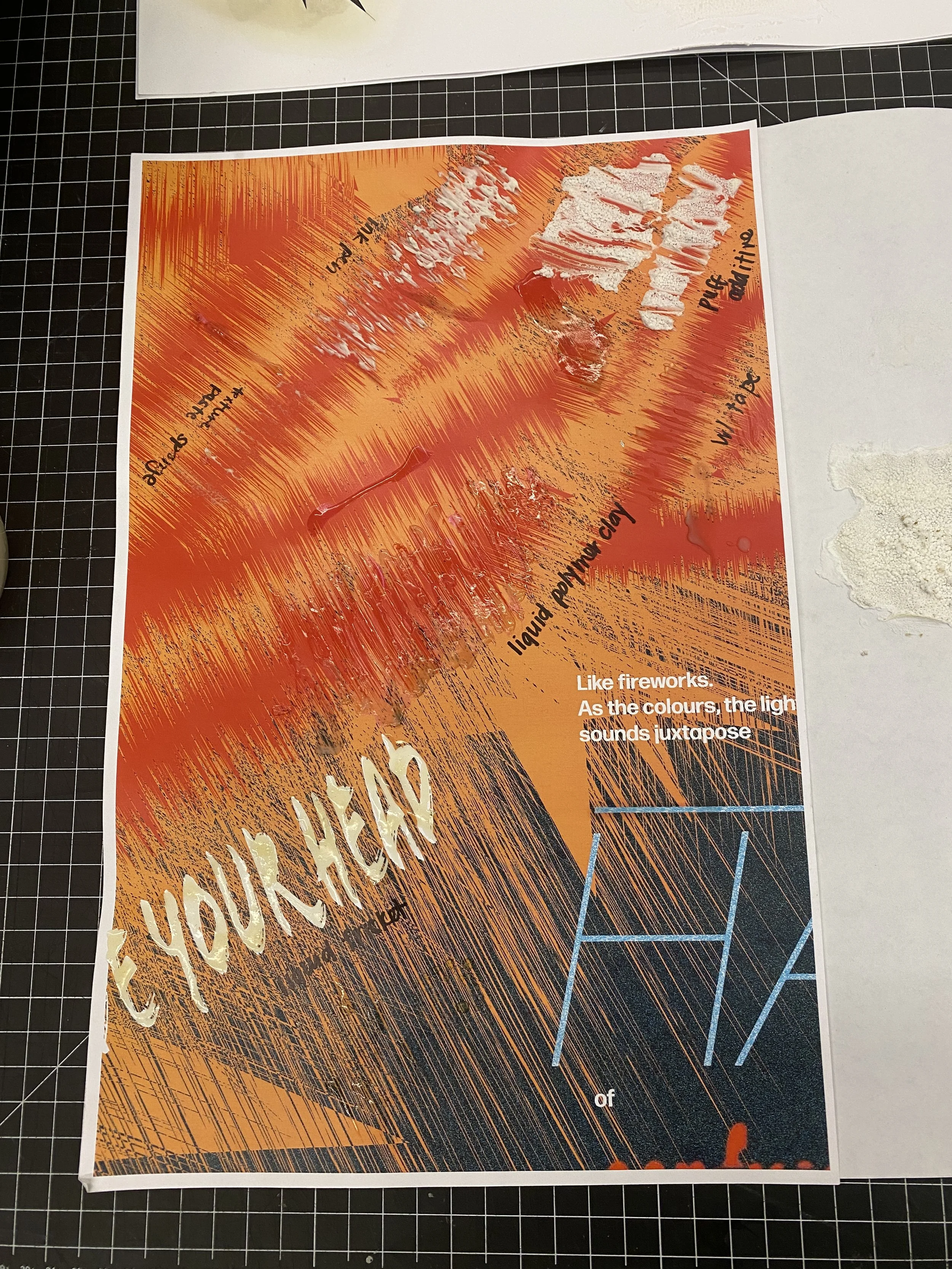
Sensory Sensitivity Stages


Sensory Sensitivity Stages
Multi-sensory Poster design, 2024
The Sensory Processing Disorder (SPD) Typography Poster Series explores the challenges of processing sensory stimuli through typographic solutions. Using color contrast and visual elements, the series highlights the stages of sensory sensitivity, from mild discomfort to severe overload, illustrating how identical stimuli can affect individuals differently. Augmented Reality (AR) enhances the experience by introducing sound variations and 3D textures that change in intensity based on the sensory sensitivity stages. This project successfully raised awareness about SPD, engaging viewers with both visual and interactive elements to deepen their understanding of sensory sensitivity.

Silver in Print / Posters for IDA Design Awards 2023
BISTA International Student Talent Award Finalist 2024
Honorable Mention in Graphis New Talent Annual 2024
C-IDEA Design Award 2024 in Visual & Communication
Bencha Chinese American Youth Exhibition Zhiyuan Art Museum, Bencha, Rudong, China 2024
It's in the Details, A Closer Look at the 2-D Elements -
Installation Documentation / Audience Engagement -
Interactive Typography: Sensory-Informed Visual Communication
The Sensory Sensitivity Stages Poster Series invited viewers to explore sensory sensitivity through typographic design. Each poster used color contrast and visual elements to represent different stages of sensory sensitivity, from mild discomfort to severe overload. The inclusion of Augmented Reality (AR) added an interactive layer, introducing sound variations and 3D textures that adjusted in intensity according to the sensitivity stage.
Audience Engagement: Immersive Interaction Through AR and Tactile Feedback
As viewers interacted with the posters, they experienced the changing textures and sounds, which provided a deeper understanding of how the same sensory stimuli can affect individuals differently. The AR features and tactile elements facilitated a more immersive engagement, allowing viewers to experience the progression of sensory intensity firsthand.
Multi-Sensory Experience: Fostering Empathy Through Sensory-Driven Design
The integration of AR and tactile feedback encouraged viewers to reflect on their own sensory experiences and those of others. The project created a dialogue about sensory sensitivities, raising awareness and fostering empathy through a combination of visual, auditory, and tactile interactions.
Feedback and Impact: Success of a Multi-Sensory Approach
Viewer responses highlighted the effectiveness of the multi-sensory approach in conveying the complexity of sensory sensitivity. The combination of typography, AR, and tactile elements successfully engaged the audience, enhancing their understanding of Sensory Processing Disorder and its impact on individuals. The project not only achieved its goal of raising awareness but also provided valuable insights into the effectiveness of integrating multiple sensory inputs in design.
Overall, the poster series created an engaging and educational experience that advanced the understanding of sensory sensitivities, leveraging both visual and interactive elements to enhance audience comprehension and empathy.
The Augmented Reality Experience -
Download Adobe Aero to hear the sound associated with each poster.
The same sound was edited and adjusted to create variations in tone, intensity, and atmosphere, enhancing the immersive experience. The integration of sound with the posters was made possible through the Adobe Aero augmented reality (AR) app. Users activated the experience by scanning a QR code placed near the poster, which triggered sound playback when their device's camera detected the poster. For an optimal sensory experience and to minimize disturbances, the use of headphones was recommended. The AR feature boosted engagement by allowing users to control their interaction with the sound, adjusting volume and duration as needed. This flexibility was particularly valuable for individuals with sensory sensitivities, ensuring a more inclusive and personalized experience.
Behind the Scenes -
Mild Stage – A timelapse showcasing the use of liquid frisket to create a subtle, tactile texture.
Moderate & Severe Stages – A timelapse of removing and cleaning 3D prints, which are then cured under UV light.
Moderate & Severe Stages – A timelapse of removing the supports from 3D prints.













